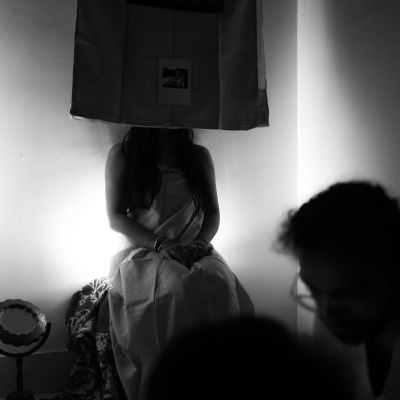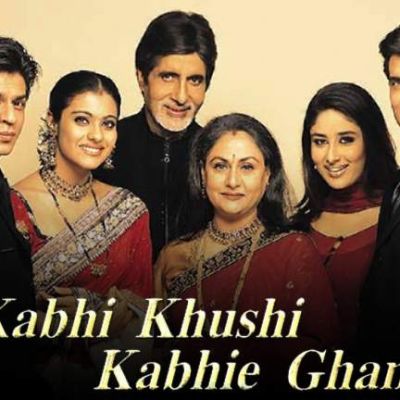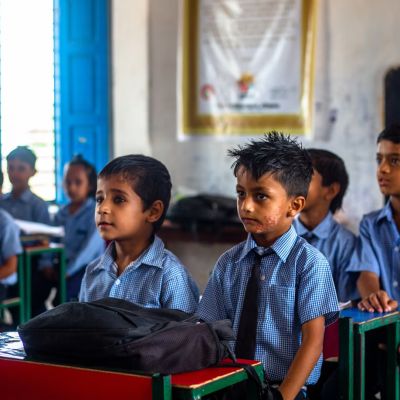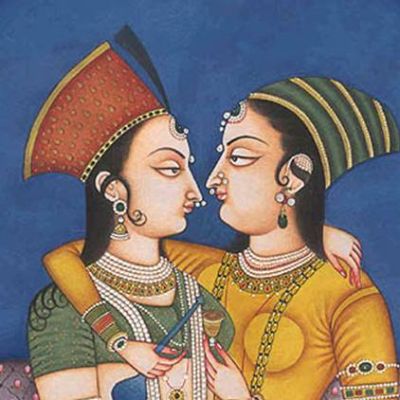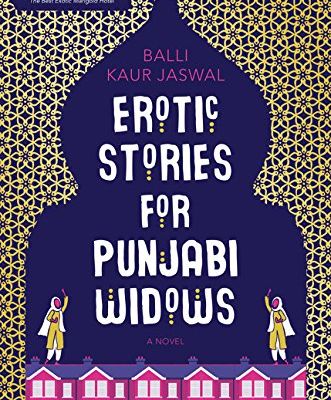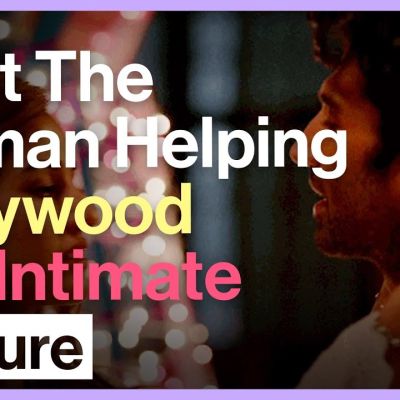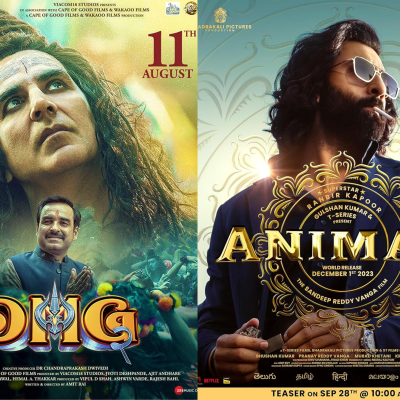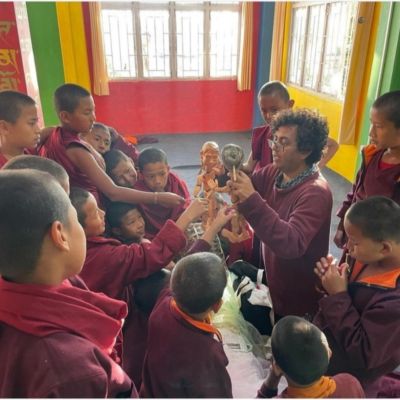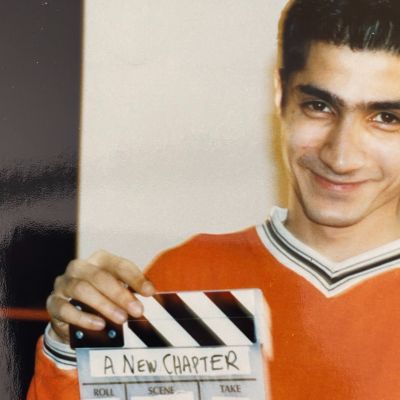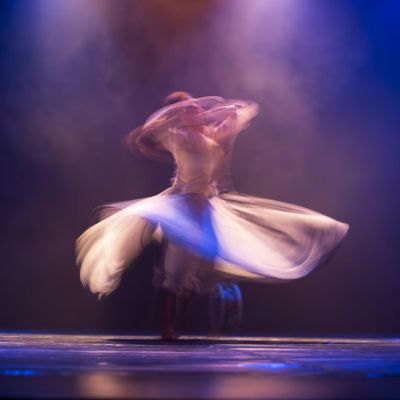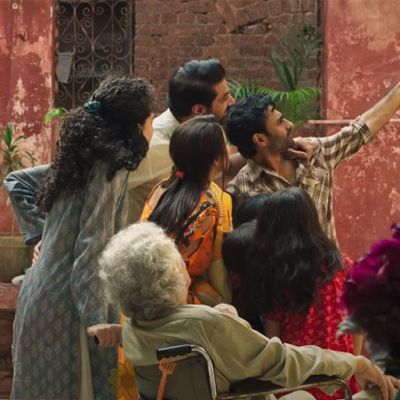Entertainment and Sexuality
In my rap lyrics, I try to focus on the undercurrents of resilience, hope, and the unwavering spirit of resistance in the face of struggles.
एक मानवशास्त्रीय दृष्टिकोण से बॉलीवुड की फ़िल्मों में वर्ग और जेंडर के मुद्दों के चित्रण पर ग़ौर करना केथ्रीजी जैसी फ़िल्मों पर नई आलोचनाओं को बढ़ावा देता है।
व्यापक यौनिकता शिक्षा किशोरावस्था के विकास का एक महत्वपूर्ण पहलू है जो दृष्टिकोण, व्यवहार, और समग्र विकास को प्रभावित करती है।
उर्दू शायरी की एक पूरी शैली है, ‘रेख़्ती’, जो औरतों के नज़रिये से लिखी गई है और जिसमें औरतों की ज़िंदगी और भावनाओं की बात होती है। ये ‘रेख़्ता’ का उल्टा है, जो कि मर्द के नज़रिये से लिखा गया साहित्य है।
उनकी सेक्सी कहानियों में आनंद और फैंटसी का चित्रण पूरी तरह औरतों की इच्छाओं पर केंद्रित हैं।
Aastha Khanna is India’s first intimacy coordinator who is making sure that a film’s vision is realised without flouting anyone’s boundaries, or leading to general awkwardness on set, especially when it comes to intimate scenes.
I have been working in the field of sexuality for some years but it was an Instagram post that got me to take the HPV vaccine seriously.
We decided to watch Animal and OMG 2 and found that both the movies bring up many of the issues that we work on.
The ambivalent character of the Gaali allows it to both express as well as contain antagonisms and repressed emotions in a non-threatening manner and humour is pivotal to this process.
Quick Bytes is based on short responses to cue questions that we ask those who agree to participate in this micro feature.
Despite the progress made, Hindi cinema still faces challenges in accurately representing the diversity of LGBTQ+ experiences. Critiques have been raised regarding the tendency to prioritize cisgender, upper-class narratives.
The relationships that are portrayed in queer media also often transcend all attempts at categorisation, but are still undeniably queer – as are the characters whose inescapable push-and-pull, to their audience, often becomes the plot itself.
While Nishit Saran’s iconoclasm loomed large in his lifetime, his oeuvre as a pioneering queer filmmaker and activist seems to have been largely obliterated.
The governing eyes throughout history have dictated the acceptable forms of the performance of sex.
Directed by Saim Sadiq, Joyland (2022) is not a film about trans rights or women’s rights. It is not even about one specific group or community of people. It is about the whole spectrum of human emotions.

